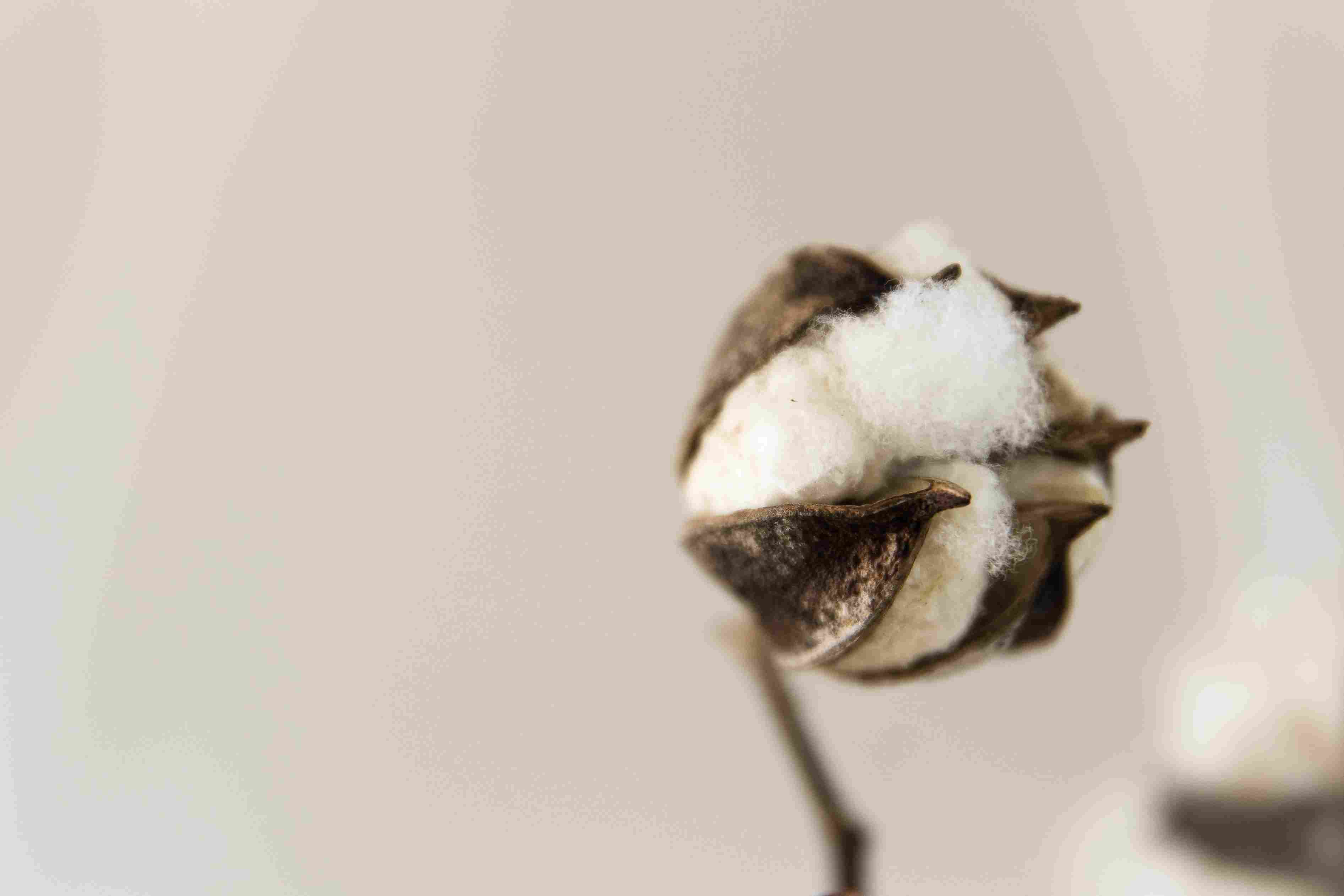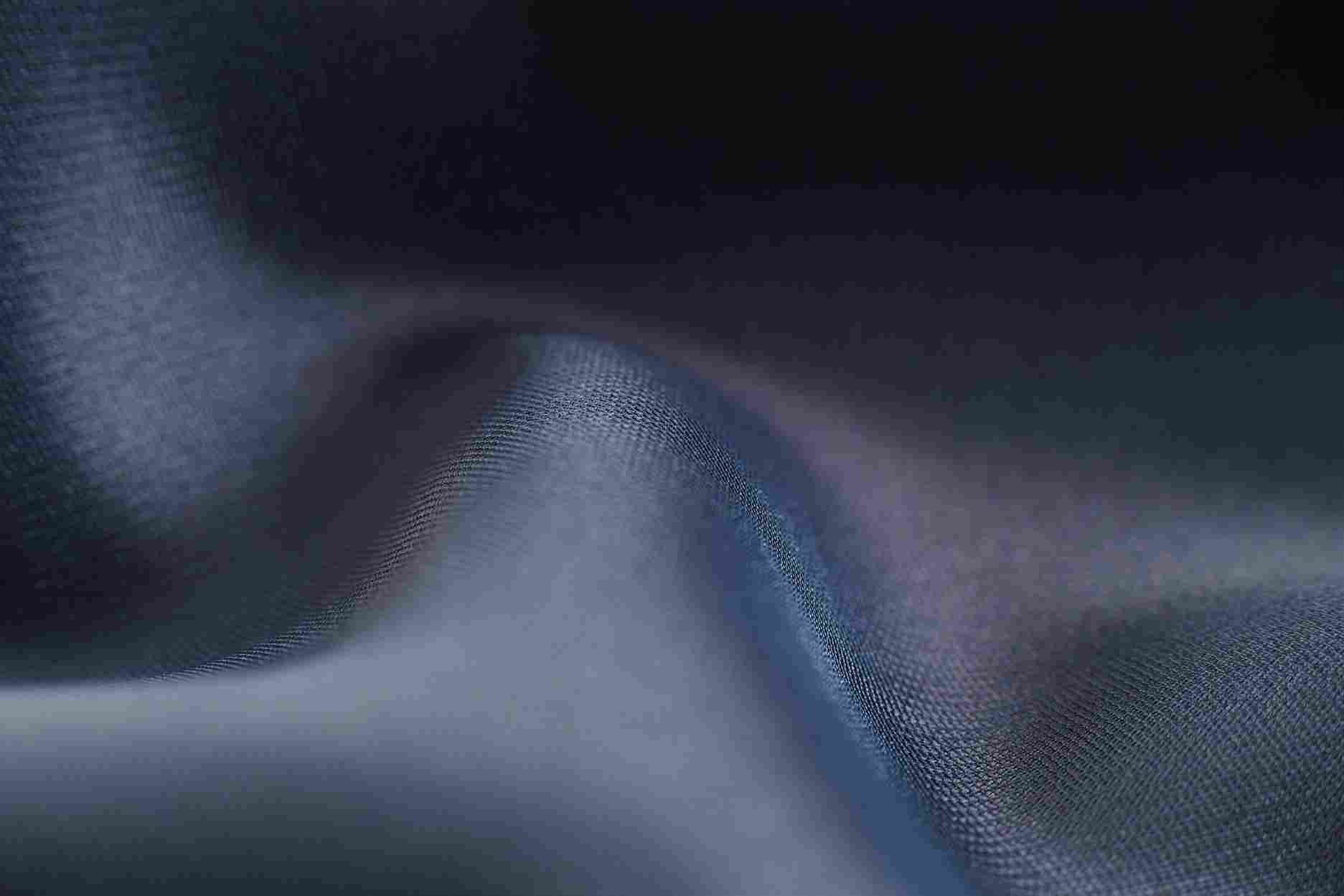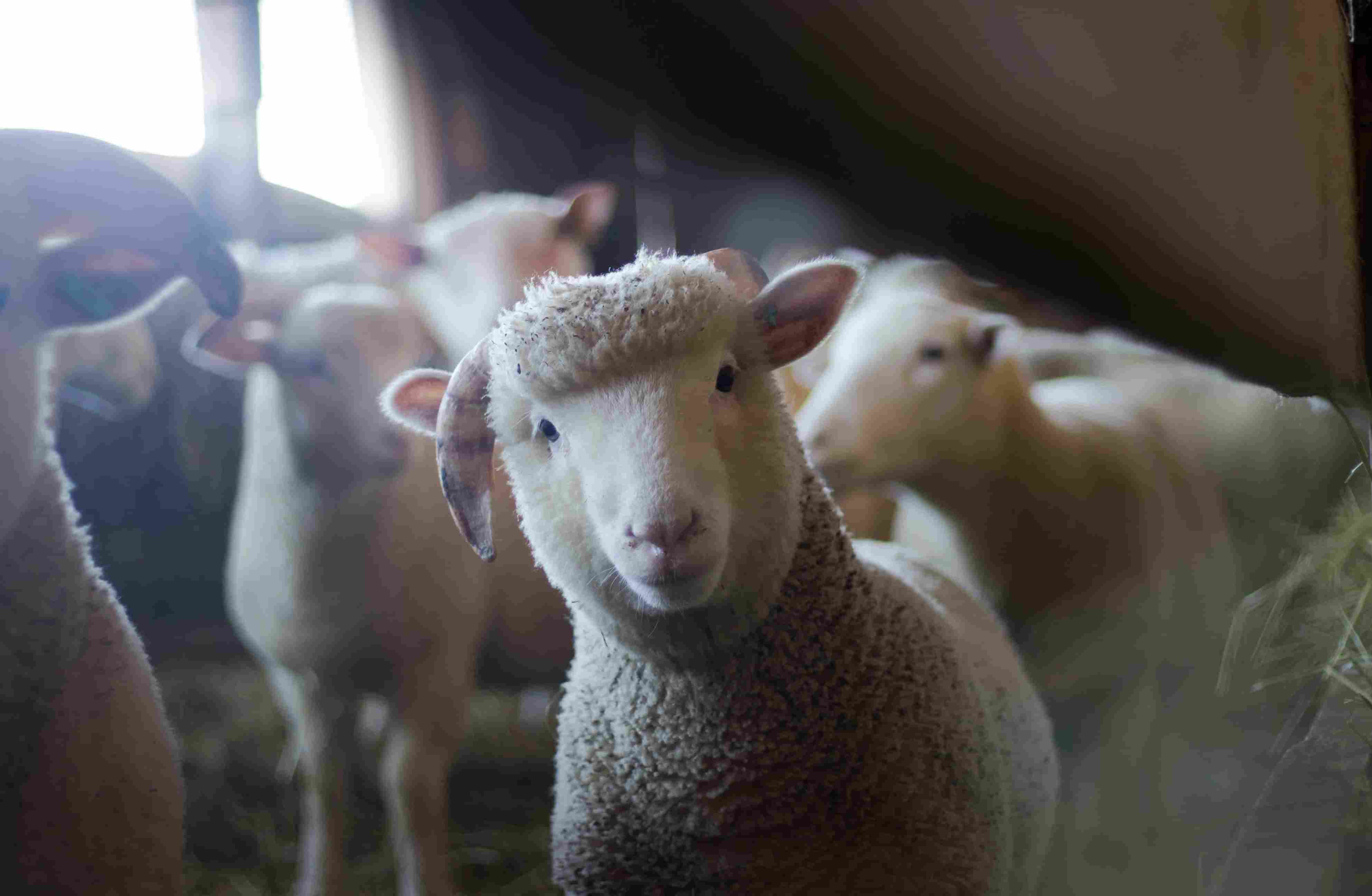What materials should you choose for your clothes?
Have you ever wondered what makes a garment comfortable, durable and stylish? The secret lies in the fabric, the very soul of each garment. In this article, we will travel together through the world of clothing materials, from the most common to the most specific types of fabrics, in order to better understand their origins, properties and use in our everyday clothes.
Cotton: The Universal Natural Fiber
Cotton is a natural plant fiber valued for its softness, breathability, and comfort. It is one of the most widely used textile fibers in the world, and is grown in more than 80 countries.
Cotton is made of long, thin fibers that are harvested from cotton pods. The fibers are then spun into yarn, which is used to weave fabrics. Cotton can be dyed in a variety of colors and can be used to make a wide variety of clothing, sheets, towels, and other items.
The main characteristics of cotton are its softness, breathability and comfort. Cotton is also a very absorbent fiber, making it an ideal choice for sportswear and bed linens. It is also a hypoallergenic material, which means it is less likely to cause allergic reactions.
It is a sustainable and recyclable fiber. It can be composted/recycled and used to make new textile products.
Cotton is a versatile and durable fiber that is valued for its soft, breathable, and comfortable properties. It is a popular fiber for clothing, sheets, towels, and other items. But it is also a sustainable and recyclable fiber, making it an environmentally friendly choice.

Expert information
- Not only is cotton comfortable and breathable, it also has a unique ability to absorb up to 27 times its weight in water. Which makes this material exceptionally useful for sporting activities.
- Did you know that cotton has been used by humans for at least 7,000 years?
- Cotton has the unique property of becoming stronger when wet, making it the ideal choice for towels, sheets and other household items that are regularly exposed to moisture.
Silk: Elegant Luxury
Silk is a natural fiber and it is one of the most precious and luxurious fibers in the world. Silk is known for its softness, shine and exceptional drape. It is also hypoallergenic and resistant to wear and tear.
Did you know that silk is made by a worm, called the silkworm? The silkworm secretes a white liquid that hardens when exposed to air. The thread is then woven into a fabric.
Silk is used to make a wide variety of clothing, lingerie, scarves, and other items. It is also used to make pillows, sheets, and other bedding items.
The main characteristics of silk are its softness, shine, drape, strength, the fact that it is a hypoallergenic material and its resistance to UV rays.
It is also a very versatile fabric and can be used for a wide variety of applications.
If you're looking for a soft, luxurious, and durable fabric, silk is a great choice.

Expert information
- Silk, defined by sophistication and elegance, is actually a natural protein fiber, which makes it hypoallergenic. This is an often overlooked but essential property for those with sensitive skin.
- Silk is the strongest fabric (in tension) of all natural fibers, and can be stretched up to 20% of its original length before breaking.
- Did you know that silk has natural UV-blocking properties? This means that silk clothing can help protect your skin from the sun's rays.
Linen: The Comfort of Summer
Linen is a natural fiber that comes from the flax plant. It is one of the oldest textile fibers in the world, and has been cultivated for over 6,000 years.
Linen, extracted from the flax plant, is valued for its lightness, breathability and ability to absorb moisture, making it the ideal choice for summer.
It can be machine washed, but it is prone to wrinkles easily. Linen is durable, but its rough look may not suit everyone.
Expert information
- Linen is not only valued for its lightness and breathability, but its unique cellular structure also allows for rapid evaporation of water, making linen clothing incredibly refreshing on hot summer days.
- Did you know that banknotes are actually made of linen?
Wool: The Natural Insulator
Wool, from sheep and other animals, is an exceptional natural insulator, which keeps you warm when temperatures drop. Our wool sailor sweaters at Baie des Caps are the perfect example of this use.
For care, hand wash or dry clean is best to avoid shrinkage. Variations like merino wool, cashmere, and lambswool offer different textures and levels of luxury.
The main characteristics of wool are its warmth, softness, durability and odor resistance.

Expert information
- Wool, famous for its insulating ability, also has the unique ability to be naturally flame retardant. This makes it a safe and durable fabric option.
- Vicuña wool (a South American species), a rare and luxurious variety of wool, is considered the finest and warmest fiber in the world.
- Each of these types of wool has specific properties in terms of softness, thickness, wear resistance and price.
Synthetic Materials: The Modern Solution
Synthetic fibers, such as polyester, nylon and acrylic, are products of modern science. They are durable, wear-resistant and easily machine washable.
However, they are less breathable than natural fibers and can sometimes be less comfortable. Each type has specific properties, for example, polyester is very durable, while acrylic is often used as a substitute for wool.
Here are some examples of synthetic fibers:
- Polyester
- Nylon
- Acrylic
- Spandex
- Lycra
Synthetic fibers are used in a wide variety of products, including:
- Clothes
- Bedding
- Carpet
- Upholstery fabrics
- Sports equipment
- Outdoor items
- Medical products
Synthetic fibers have many advantages, including:
- Sustainable
- Wear resistant
- Easily machine washable
- Inexpensive
- Stain resistant
- Odor resistant
However, synthetic fibers also have some drawbacks, including:
- Less breathable than natural fibers
- May be less comfortable
- Non-biodegradable
Expert information
- Synthetic fibers like polyester, nylon, and acrylic have impressive shape memory, allowing them to resist wrinkling and maintain their original shape after washing.
- They are made from petrochemicals, which are non-renewable and require a large amount of energy to produce. The production of these fibers often results in significant greenhouse gas emissions.
- The durability of these fibers can backfire on the environment. Since they are not biodegradable, they can persist in the environment for hundreds or even thousands of years after disposal. This is a major source of pollution, particularly in the oceans, where synthetic microfibers can shed from clothing during washing and end up polluting marine ecosystems.
- The use of dyes and other chemicals in the processing of synthetic fibers can result in the release of these substances into the water during washing, contributing to water pollution.
- When synthetic clothing is washed, tiny plastic particles break off and end up in waterways and oceans. These microplastics can be ingested by marine life and enter the food chain, posing a serious environmental problem.
Hemp: The Sustainable Fabric
Hemp, a natural fiber from the cannabis plant, is known for its strength and durability. It is also eco-friendly, requiring less water than cotton for its production.
The plant that produces hemp fiber is often misunderstood, which limits its use in the making of our t-shirts, shirts and other everyday clothing.
Hemp is similar in care to cotton, but it can be stiffer and less soft to the touch.
Expert information
- Hemp, often thought of as a stiff fiber, can actually become softer with time and washing, without losing its strength.
- It is a very sustainable plant that can grow without irrigation and pesticides, making hemp an environmentally friendly fabric option.
- Growing hemp improves soil health by putting nutrients back into the soil, which can contribute to more sustainable agriculture.
Which material to choose?
- Cotton : It is a natural fiber that is breathable, absorbent and soft to the touch. It is preferred for summer clothing and underwear because of its comfort and ability to absorb moisture.
- Wool : Ideal for winter clothing, wool offers exceptional thermal insulation. It is also able to absorb moisture without feeling wet.
- Synthetics (Polyester, Nylon, etc.): These materials are durable, wear-resistant, and stain-resistant. They are often used in sportswear and outdoor clothing for their ability to resist water and dry quickly.
- Hemp : Highly durable and strong, hemp is also environmentally friendly as it requires little water and pesticides to grow. It is ideal for casual clothing, bags and shoes.
- Linen : It is lightweight, breathable, and moisture-wicking, making it an ideal choice for summer clothing. Linen has a naturally wrinkled appearance, which can add aesthetic appeal.
- Silk : Silk is luxurious and soft to the touch. It is commonly used in luxury clothing, underwear, and ties.
- Cashmere : This material is known for its softness and superior insulation. It is typically used for high-end sweaters and scarves.
- Denim : This is a durable cotton canvas used primarily for jeans and jackets. Its durability and versatility make it ideal for a variety of styles and situations.
Each material has its unique benefits, so choose the one that best suits your specific needs for comfort, style, durability and weather conditions.













